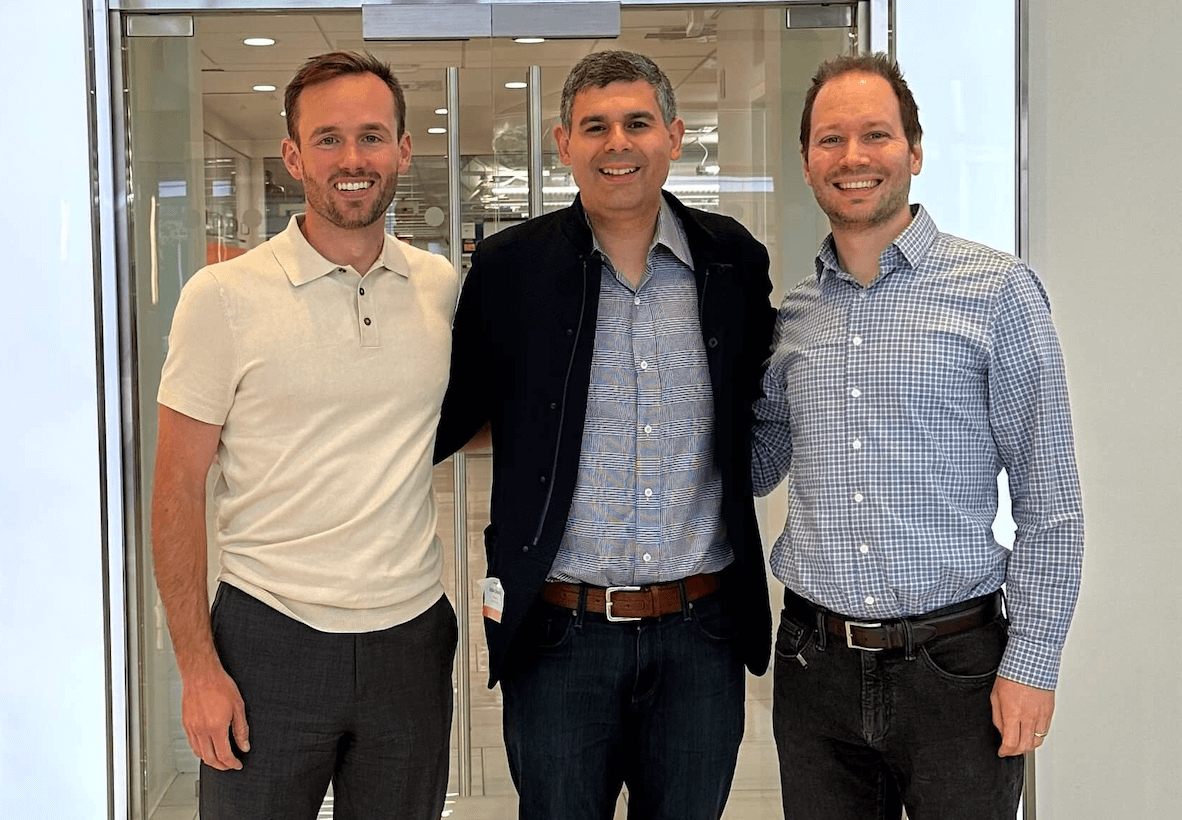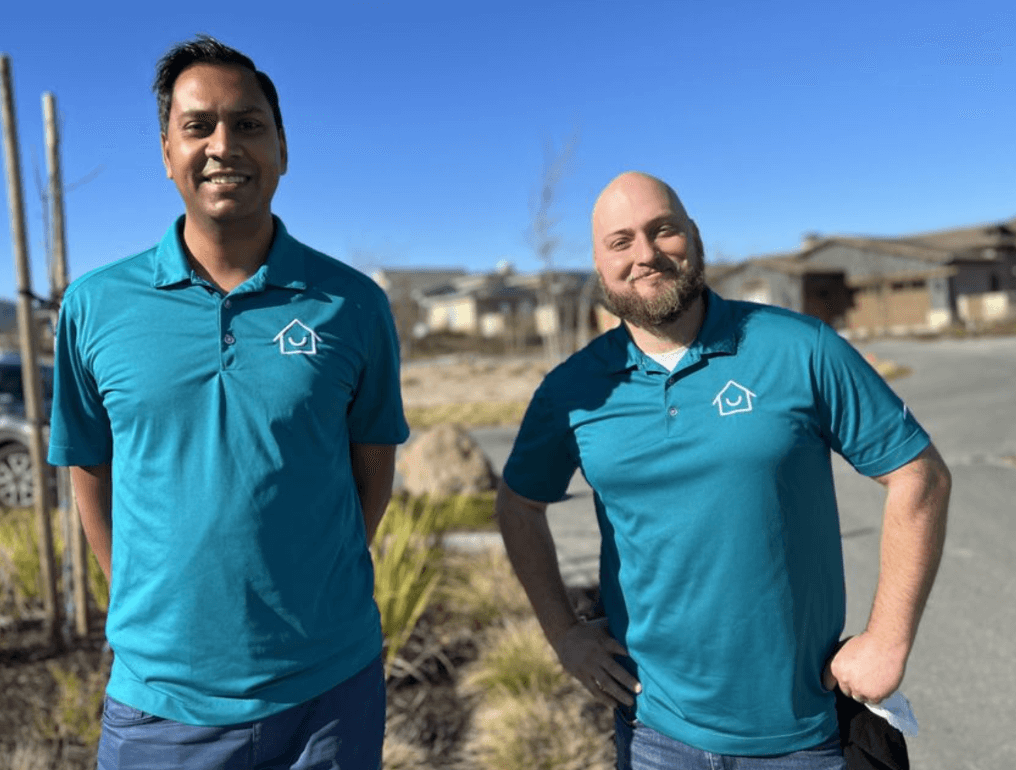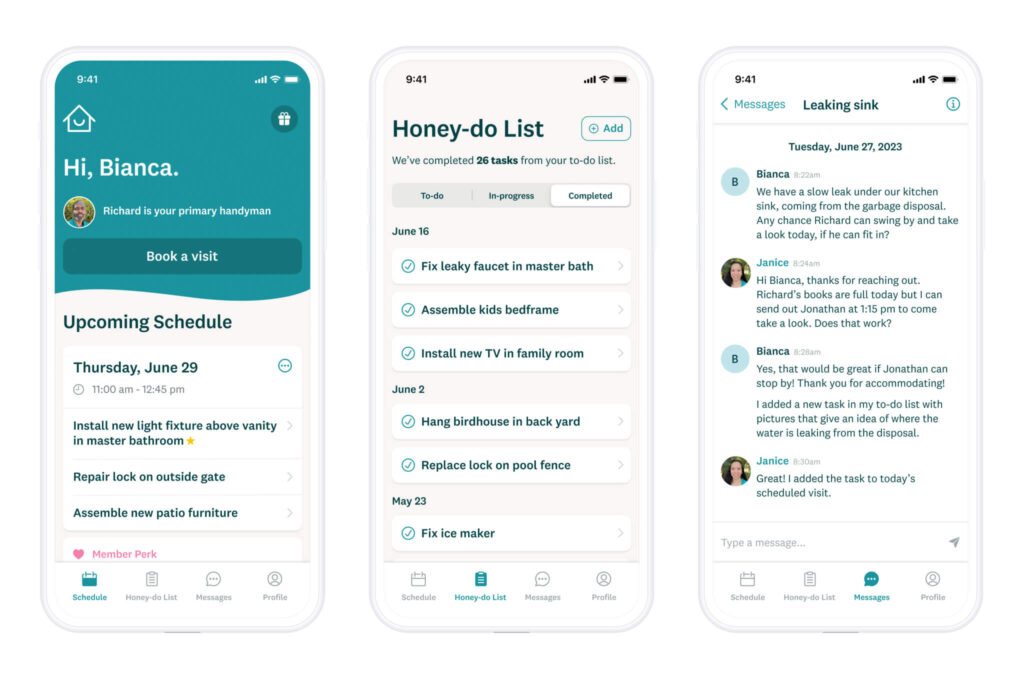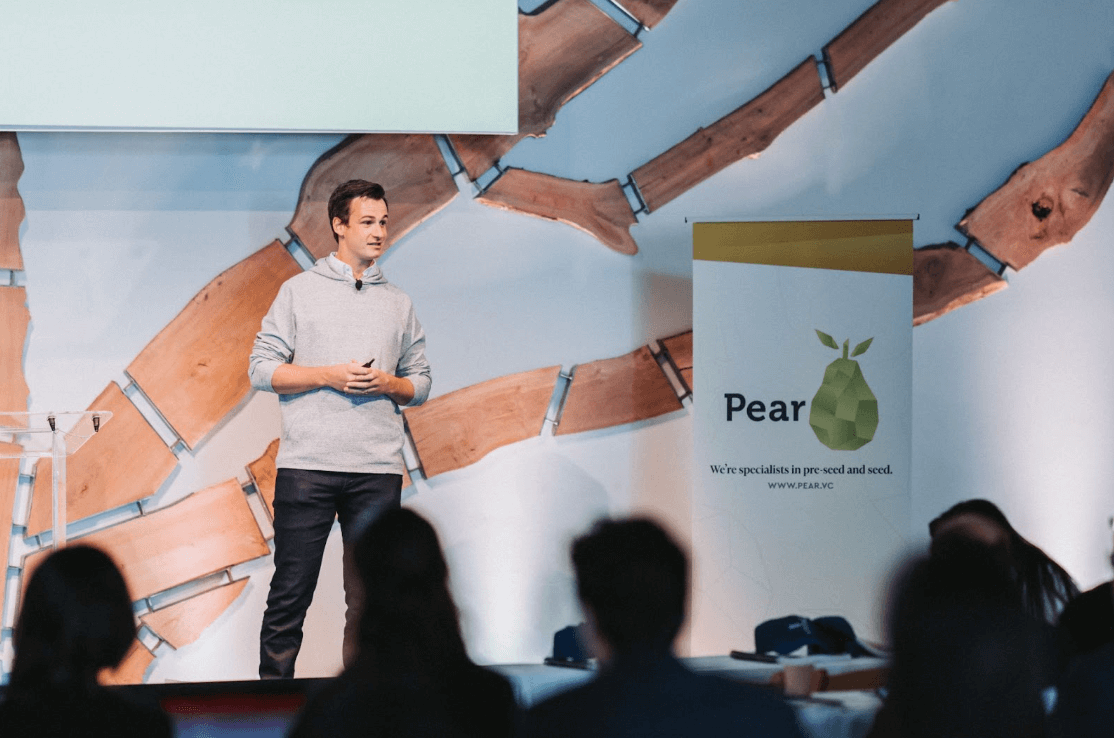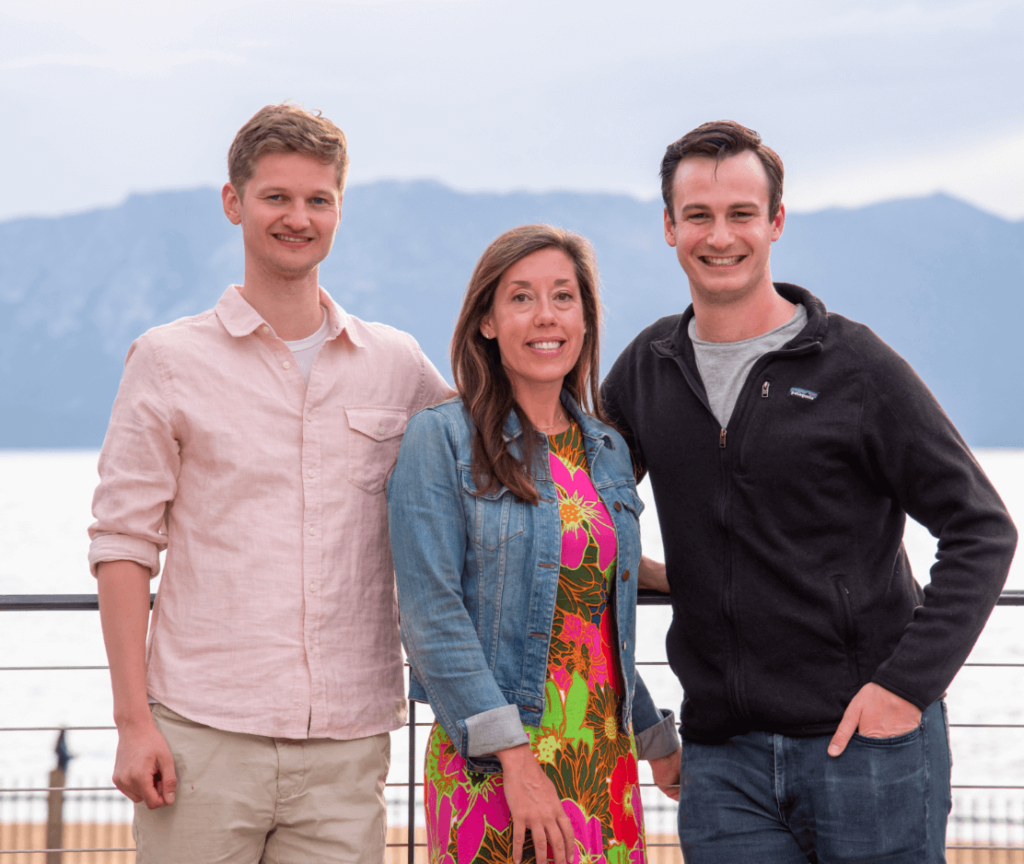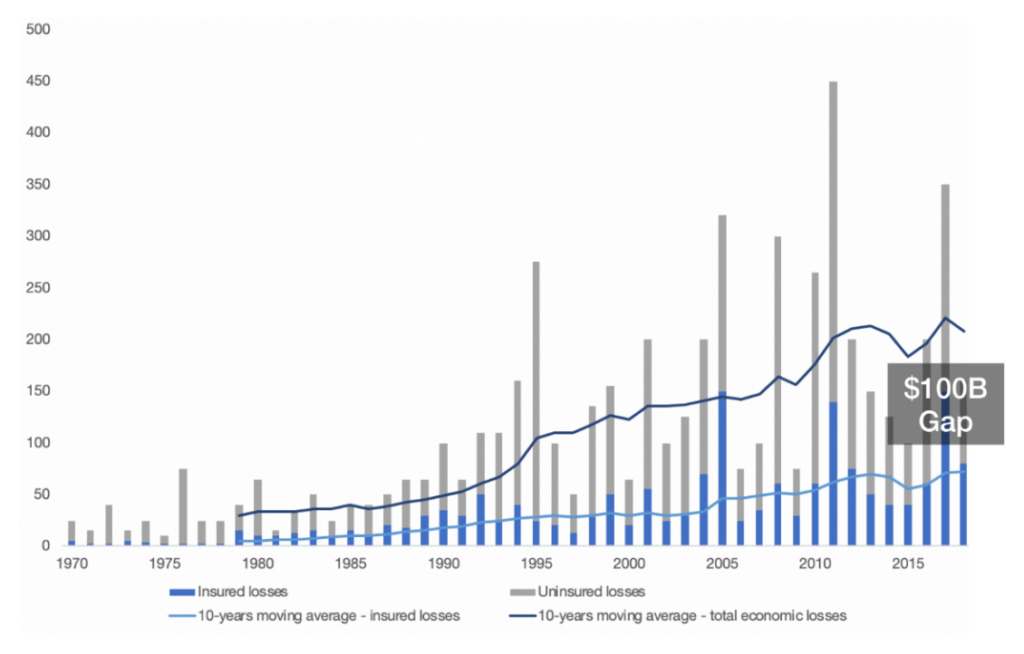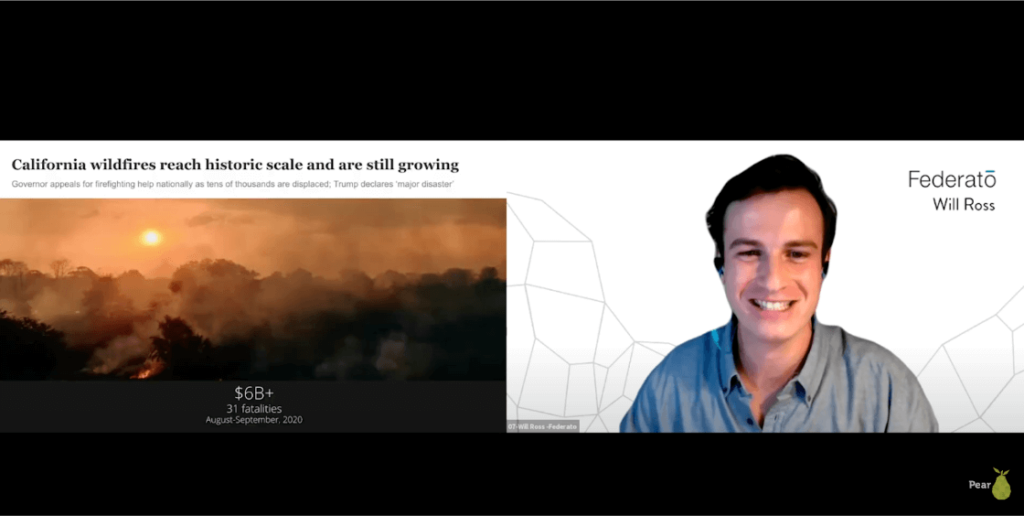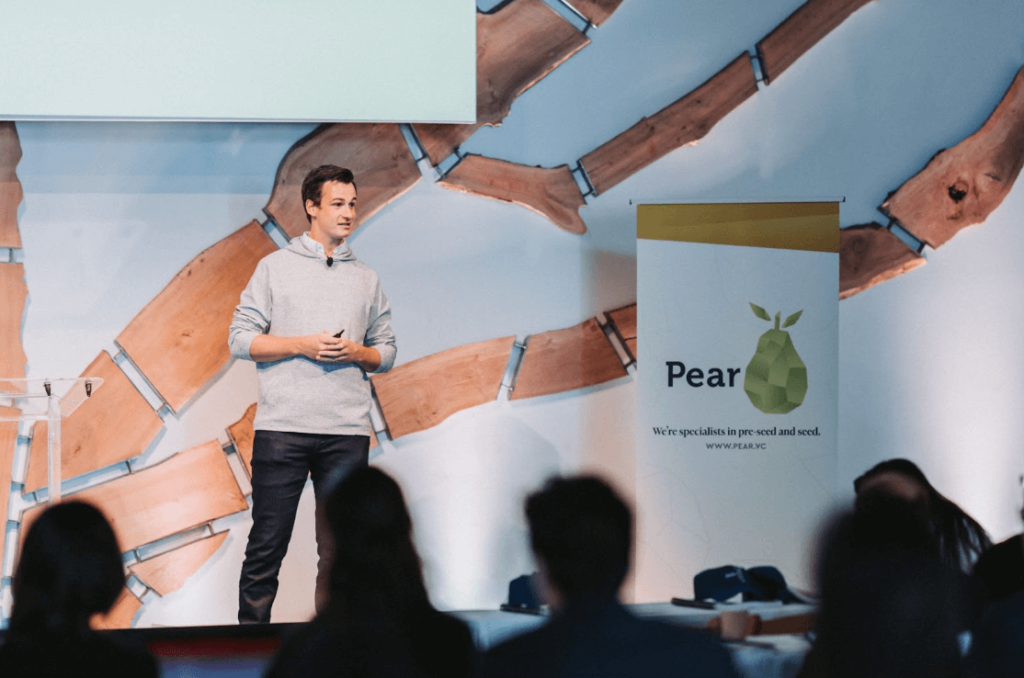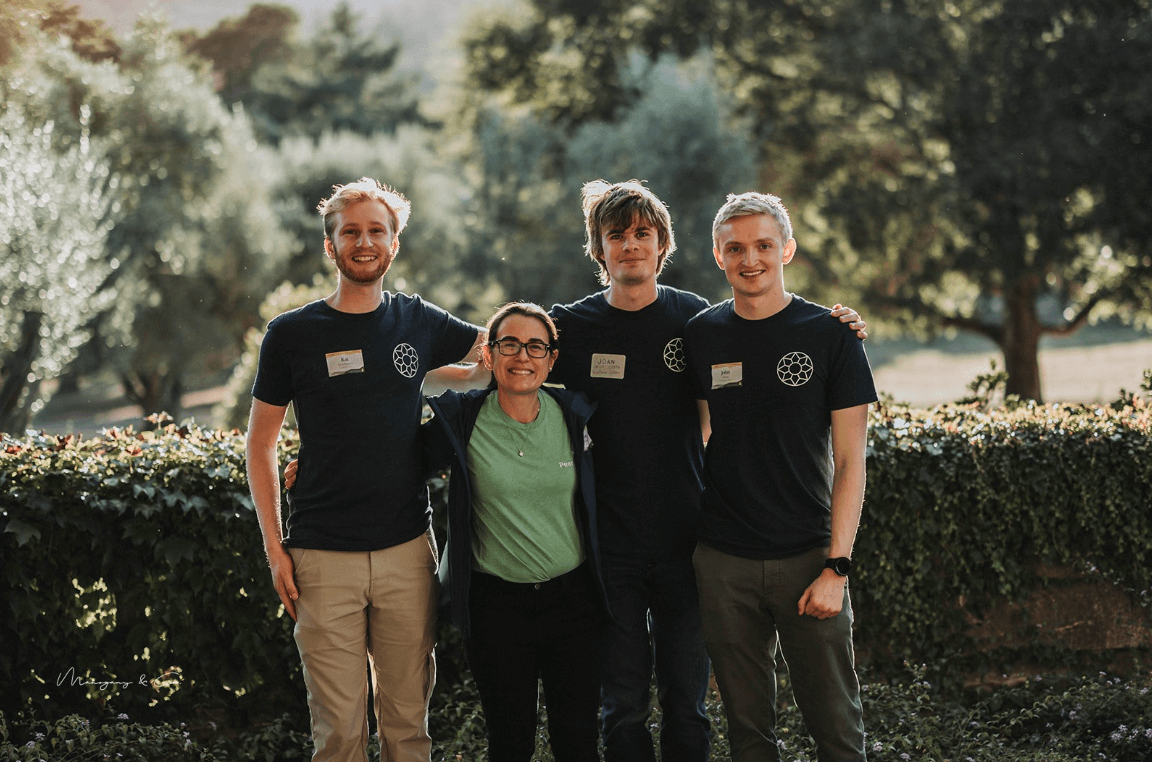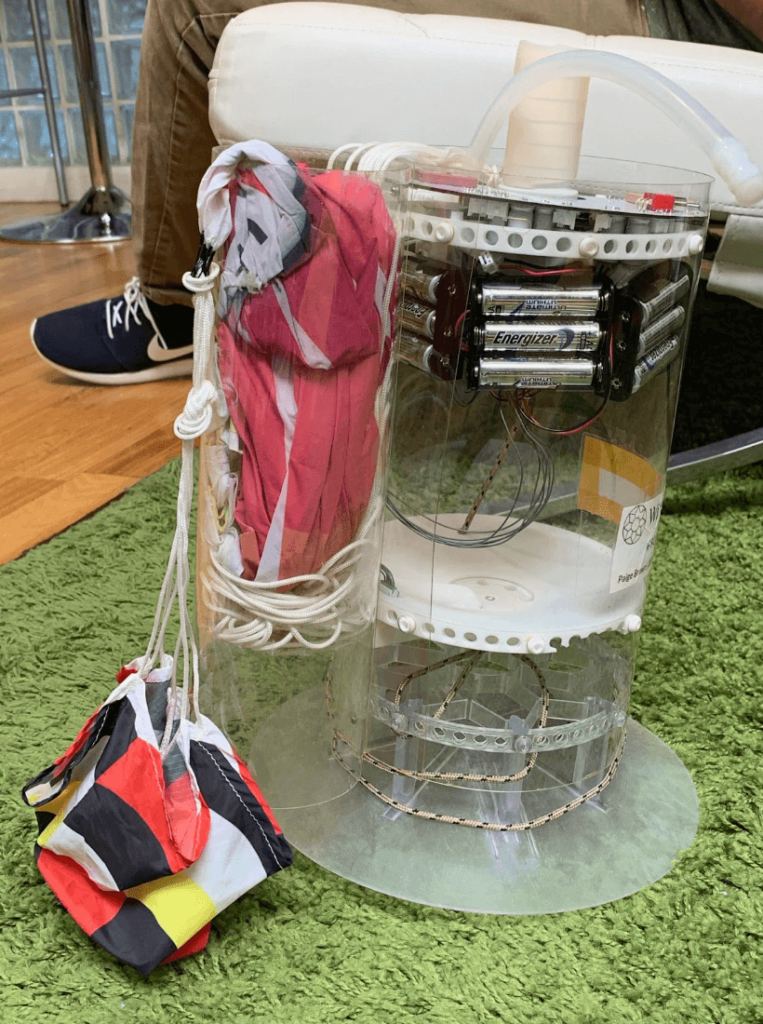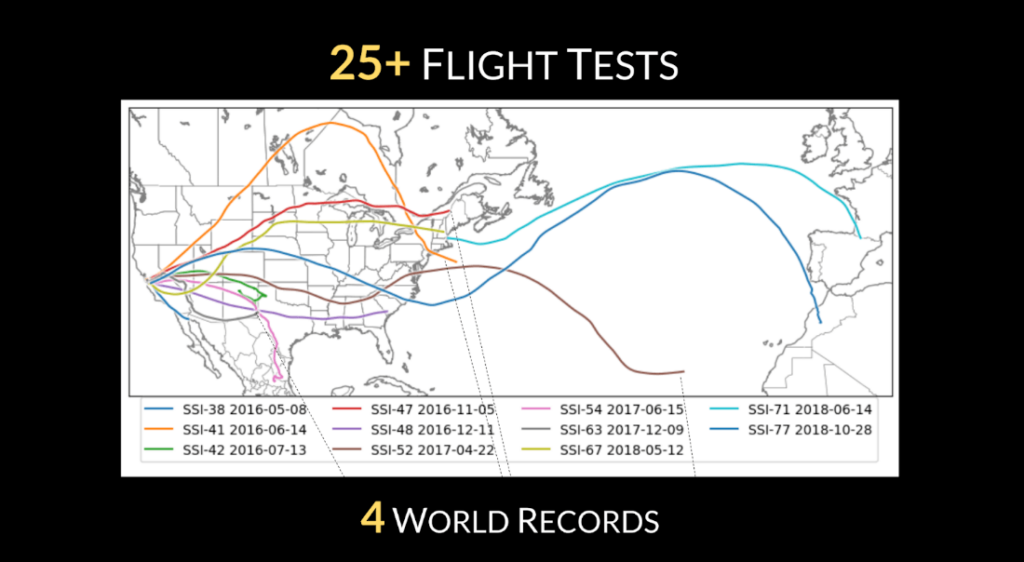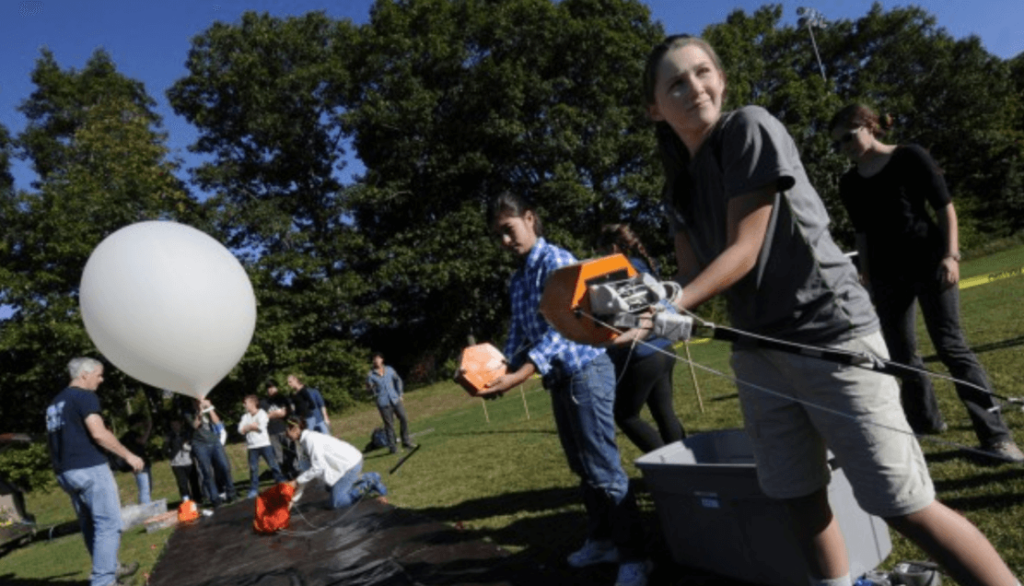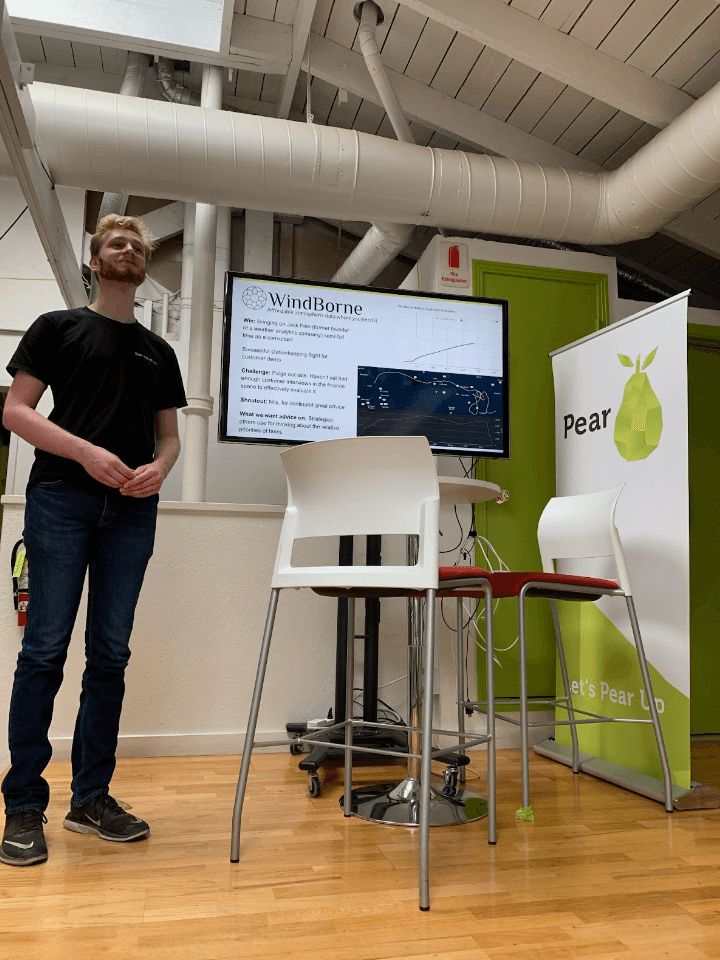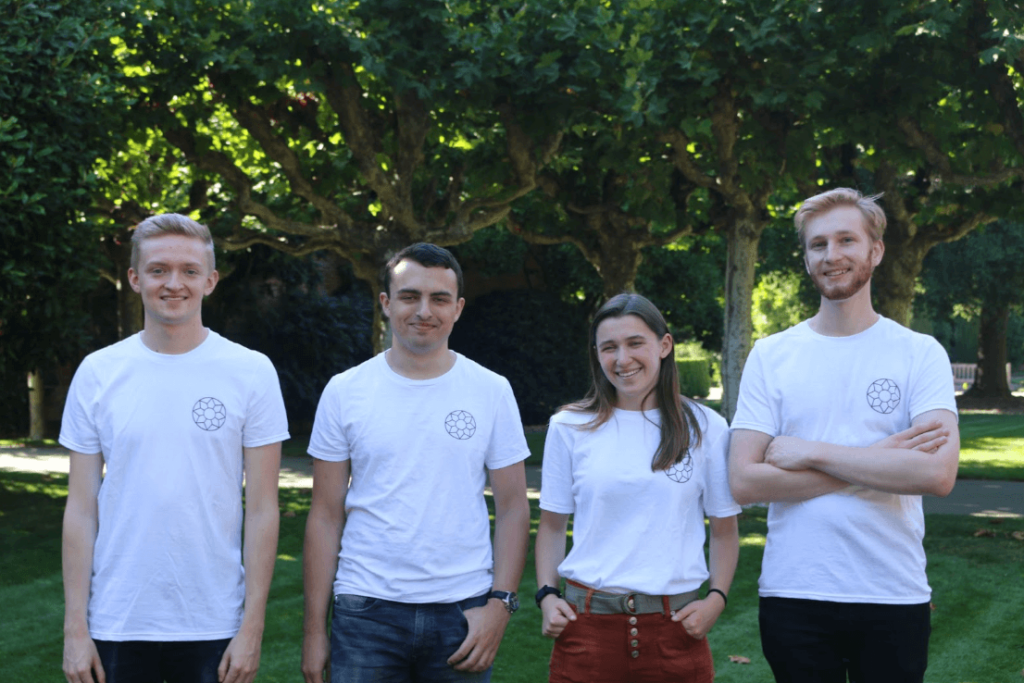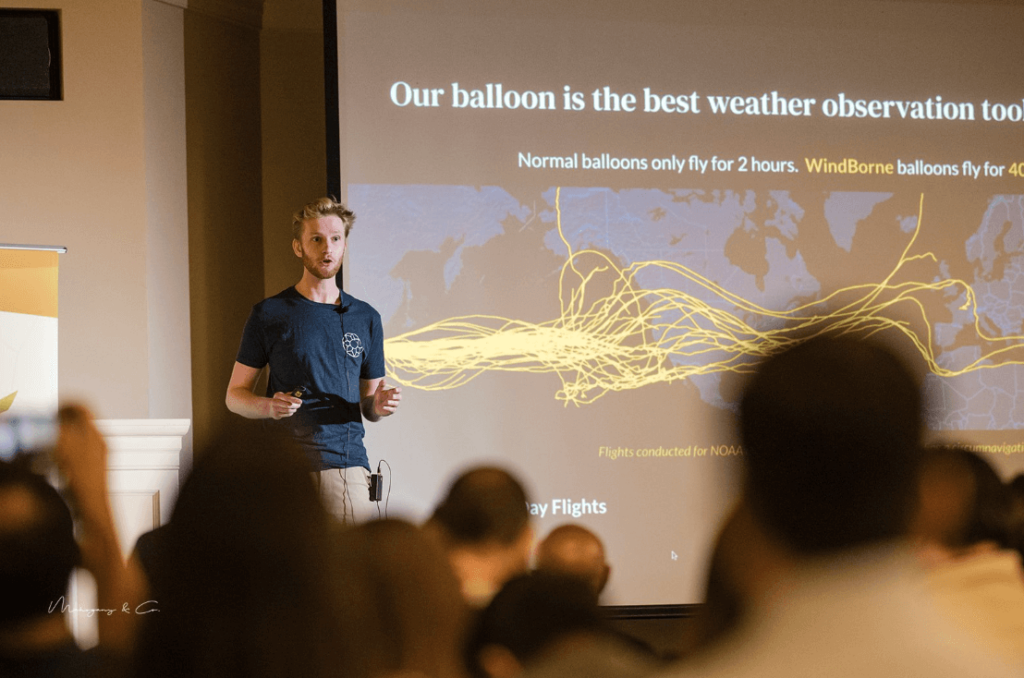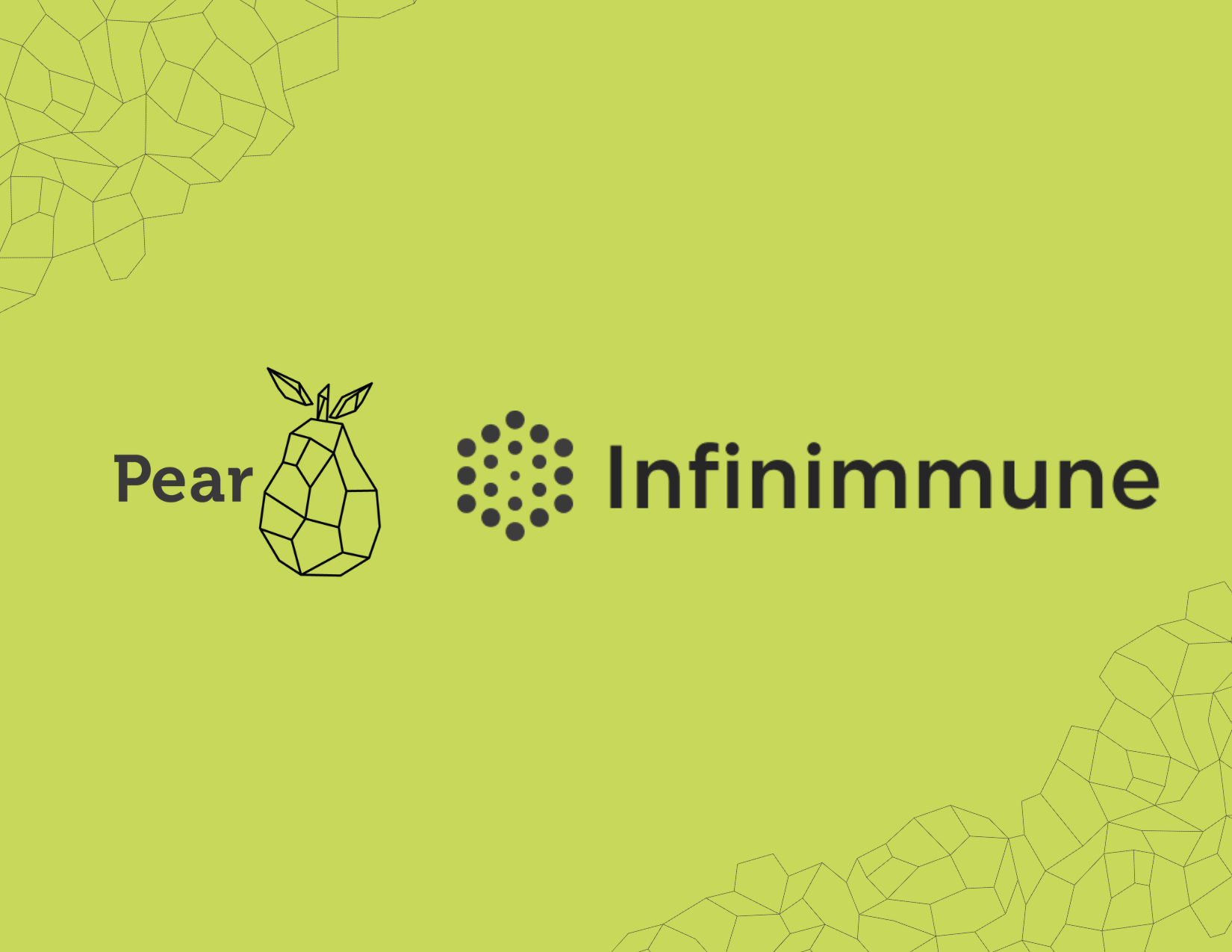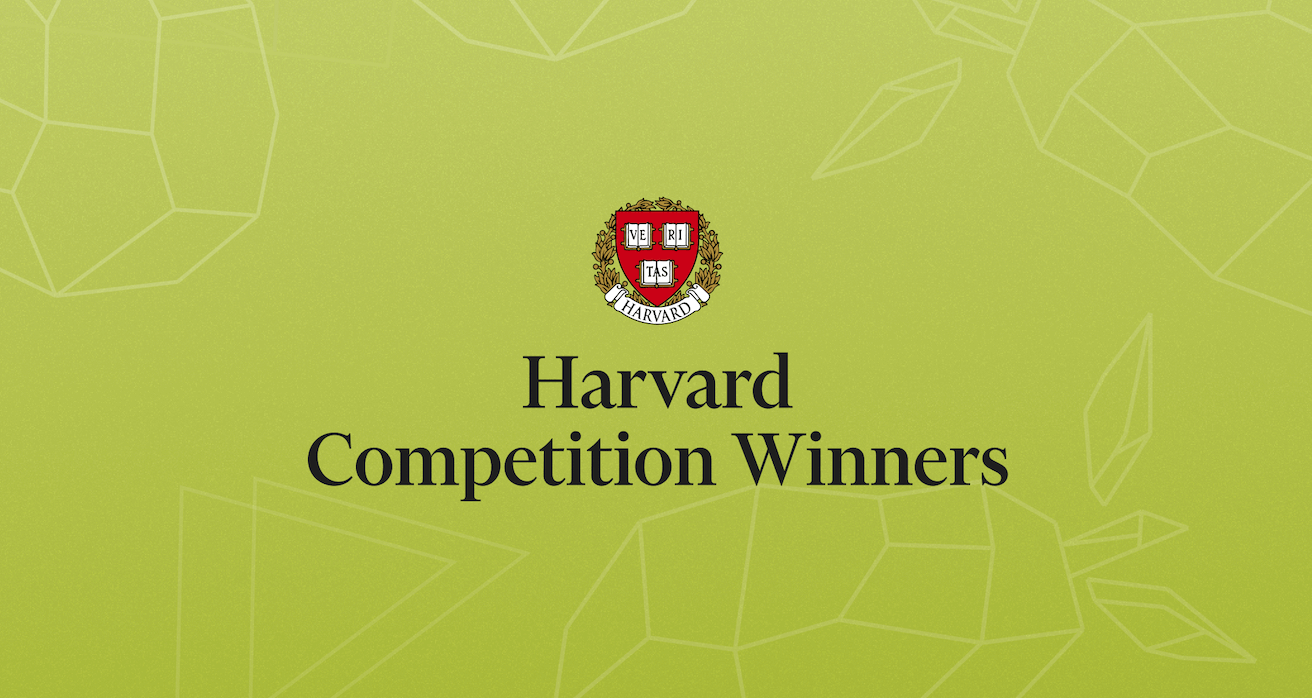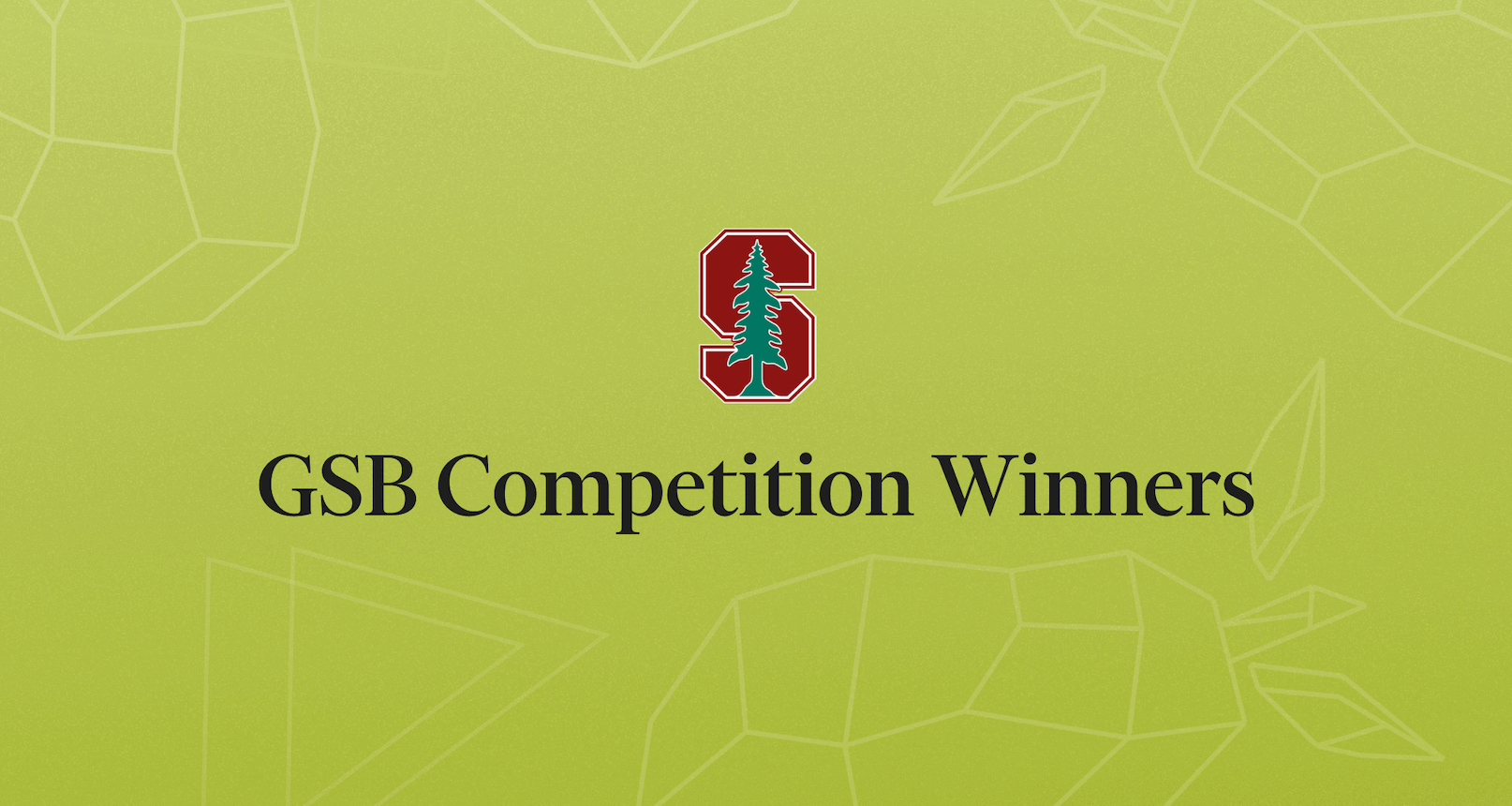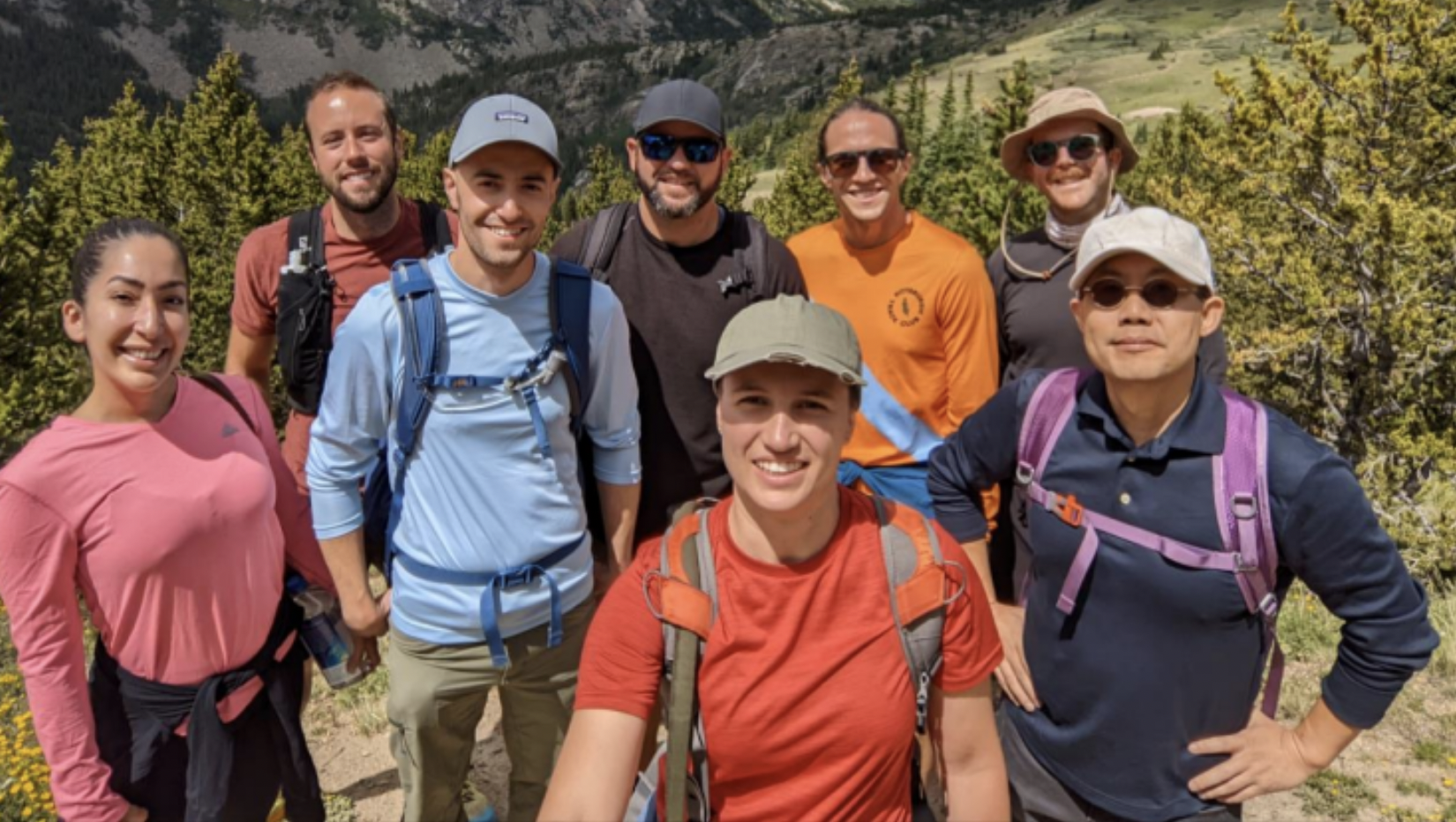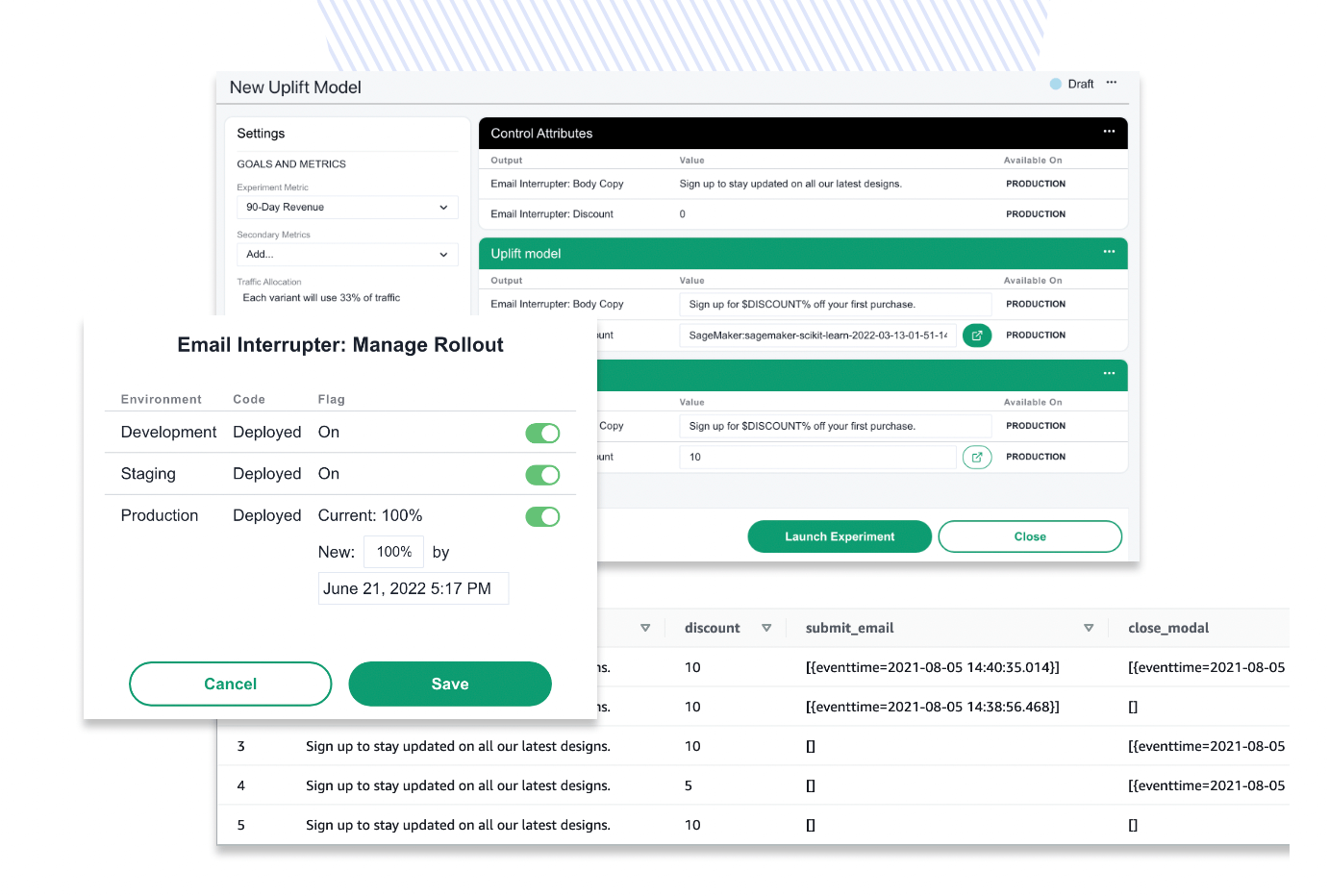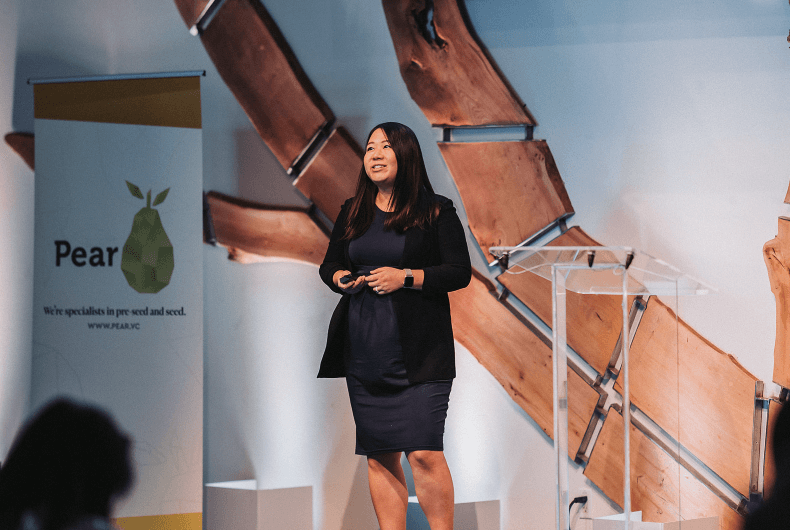Last month, PearX S21 alum Transcera announced its seed round led by Xora Innovation, joined by Tau Ventures and existing pre-seed investors Pear, Digitalis Ventures, and KdT Ventures. To mark this milestone, we wanted to share more about Pear’s partnership with Transcera and its founders, Hunter Goble (CEO), Justin Wolfe (CSO), and Wayne Lencer (scientific co-founder).
We first met Hunter and Wayne when they applied to Pear Competition. Hunter was still an MBA student at HBS and Wayne was a professor at Harvard Medical School and researcher at Boston Children’s Hospital. At the time, they were part of the Nucleate program and looking to commercialize a new drug delivery platform they were working on.
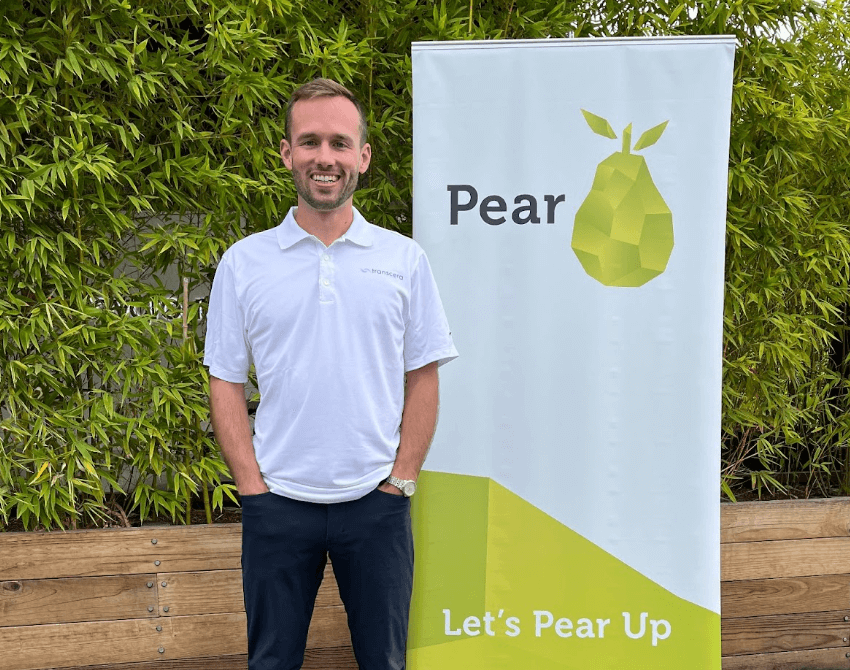
When we met the team, we were excited about Transcera for several reasons:
- Enormous unmet need and market opportunity. Today, many of the most impactful and best-selling medicines are so-called biologic drugs, comprising complex molecules that are typically synthesized via living systems rather than chemical means. These are large, bulky molecules including peptides or proteins that often exhibit little-to-no uptake upon oral dosing, and instead have to be injected into the blood or under the skin. For obvious reasons, when given a choice, patients strongly prefer the convenience of a self-administered pill. For example, pharma companies are now racing to develop orally administered versions of GLP-1 receptor agonists for obesity, as the first such drugs approved for this blockbuster indication have required administration via subcutaneous injection.
- Broad, differentiated, and defensible technology platform – inspired by nature, informed by high-quality science, and validated preclinically. For almost three decades, Wayne and his group have been studying how large, orally ingested bacterial toxins, such as cholera toxin, are able to cross the intestinal epithelial barrier to cause disease. The lab discovered that structural features of key membrane constituents called glycosphingolipids directly influence the cellular sorting of these lipids and any associated payloads. Building on this foundational work, Transcera has demonstrated preclinically that synthetic lipids can be harnessed to achieve transport of biologics across intestinal barrier cells, enabling oral delivery and enhanced biodistribution. This active transport mechanism is differentiated from most existing approaches to enhancing oral bioavailability, which have primarily focused on passive diffusion enabled by permeation enhancers and other formulation excipients, and have suffered from relatively low absorption and narrow applicability.
- Ambitious operating team with complementary skill sets. Prior to HBS, Hunter spent 5 years at Eli Lilly working on the commercial launch of a key drug product, and he also served as an internal consultant around new product planning for the pharma company’s immunology division. Justin completed his PhD in the Pentelute lab at MIT where he focused on delivery strategies for biologic drugs, including novel conjugation approaches for peptides, and he later worked as a scientist advancing the discovery and medicinal chemistry of macrocyclic peptides at Ra Pharmaceuticals through its acquisition by UCB. Whereas Hunter brings a savvy commercial mindset and disciplined financial rigor to Transcera, Justin in turn brings apt academic and industry domain expertise and strong scientific leadership skills. Hunter, Justin, and Wayne all share a passion for translating basic science research into technologies and programs that can make a tremendous impact for patients.
We have been impressed with the Transcera team’s execution and scientific progress so far. During PearX S21, we worked closely with Hunter on shaping the story and crafting the pitch ahead of Demo Day. Before joining the Pear team full-time as Pear’s biotech partner, I served as an industry mentor to Transcera, advising the team on questions related to IP in-licensing. After joining Pear, I continued to work closely with Transcera and fellow syndicate co-investors on scientific strategy, fundraising, and partnering.
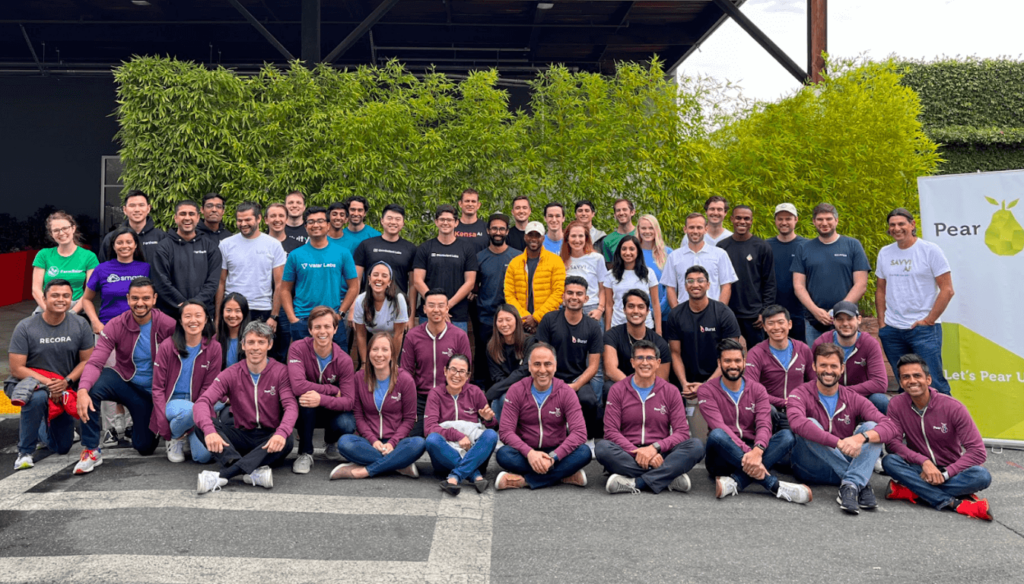
Over the past two years, the Transcera team has proven to be resilient and resourceful. The production and scale-up of the synthetic lipid conjugates were challenging to master, but the team’s diligent efforts yielded multiple promising lead compounds. Critically, the team has expanded to bring in hands-on expertise in chemistry, cellular biology, and preclinical development, among other areas.
With this recent financing, we are excited to continue to back the Transcera team, and we are eager to see further development of the platform, with the ultimate goal of unlocking the full potential of biologic drugs for patients.
The Transcera team is hiring! Please check out the job posting here: https://jobs.polymer.co/transcera/28175. If you’re interested please reach out to Eddie and we can connect you!
